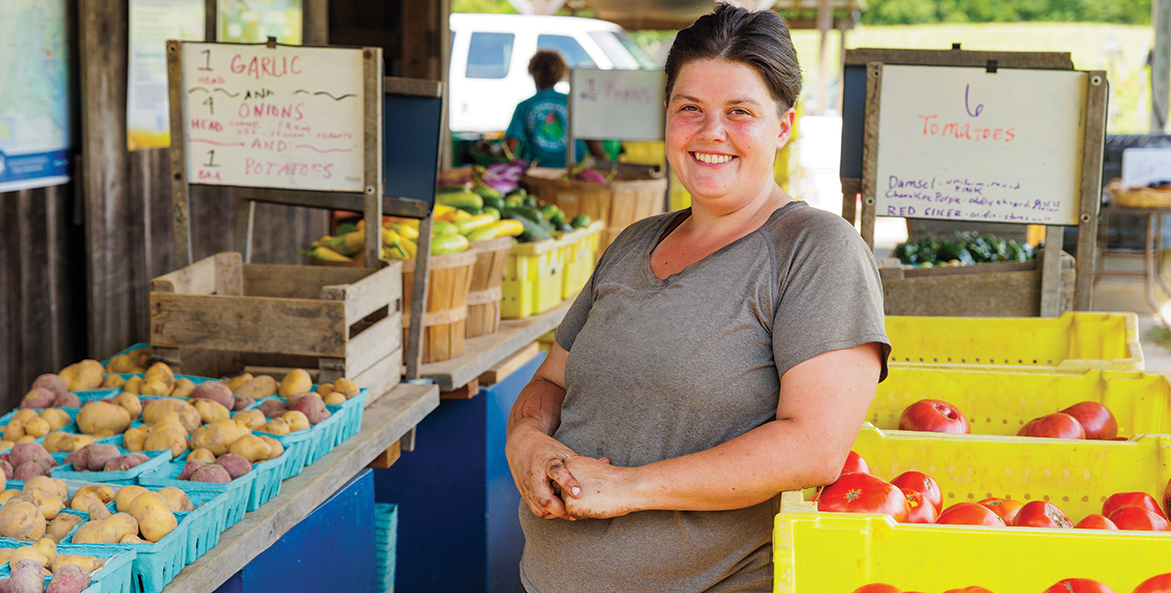As Vegetable Production Manager at CBF's Clagett Farm, Jared Planz gets a lot of questions about agriculture's impact on the Chesapeake Bay watershed. Planz has his own question: If we saved the Bay, what would a dream food system look like?
"Let's not wait for everything, everywhere to get fixed to start building that system now," he says.
For more than 40 years, the 283-acre farm has been working to demonstrate regenerative agricultural practices that improve soil health, prevent polluted runoff, mitigate climate change, and feed local communities.
"Local food" has many meanings, but typically it's food that is produced by smaller-scale farms and sold directly to consumers, shortening the number of steps from field to plate, explains Elissa Planz, Distribution Coordinator at CBF's farm. It cuts down pollution from transportation, packaging, and waste, and it's fresher—a distinction that matters for both taste and nutrition.
"The longer it takes for food to get from harvest to a mouth, the nutrients are degrading all of that time," Elissa says.
Did You Know?
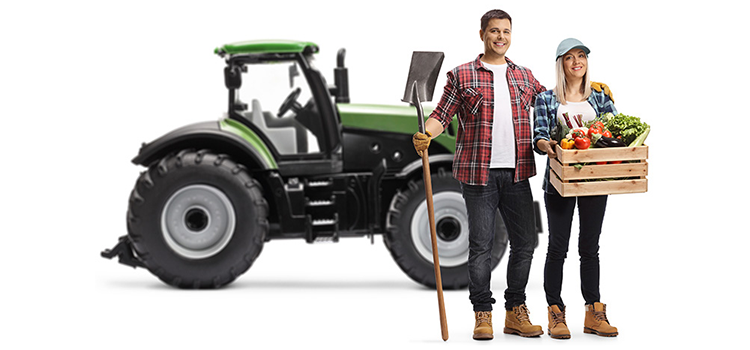
88% of all U.S. farms are small family-owned operations.
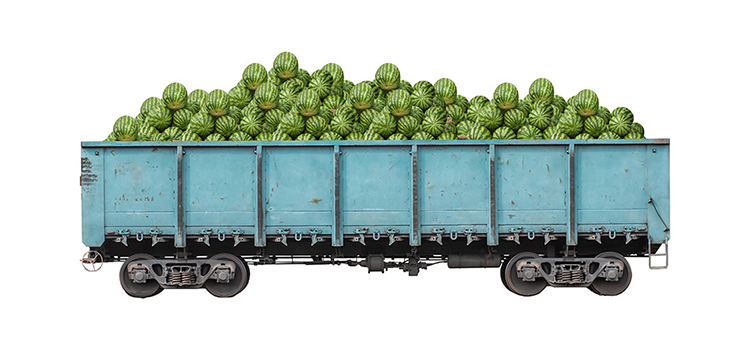
Studies estimate that, on average, in the U.S., produce travels over 1,500 miles before being consumed.
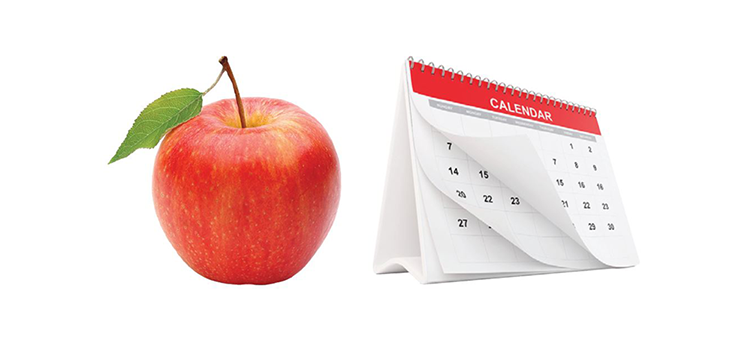
Out-of-season apples purchased at your supermarket may have been stored for as long as 10 months.
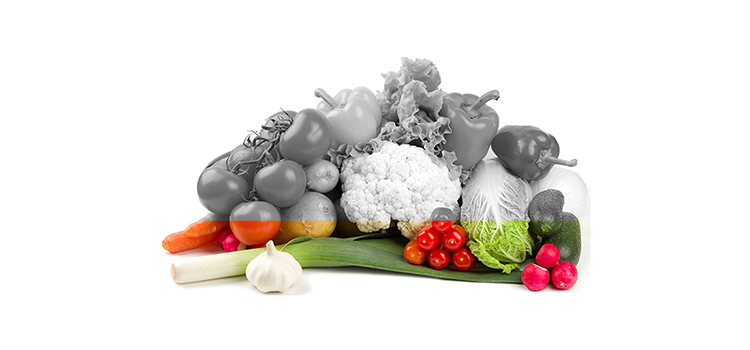
Fresh vegetables can lose up to 77% of their vitamin C value after one week.
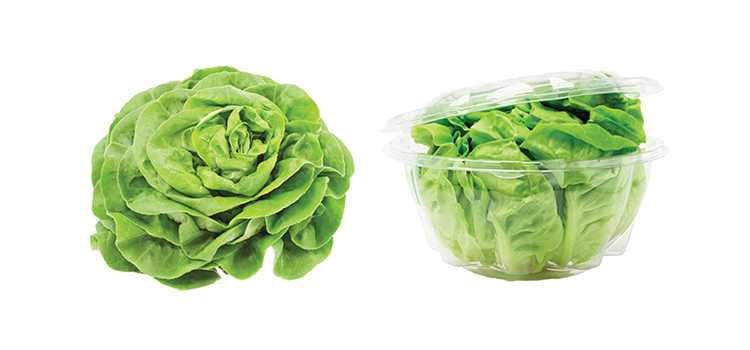
Local foods are generally sold with less packaging.
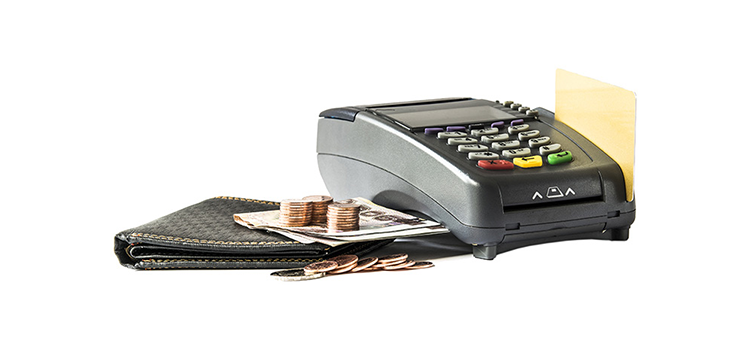
Spending your food dollars on locally sourced foods can help boost the economy in your community.
Sources: chesapeakebay.net, farmprogress.com, attra.ncat.org, ucdavis.edu, wellandgood.com.
Buying locally also helps keep more dollars in local farmers' pockets, which can in turn help them invest in practices that protect the soil and water, says Jared.
"We're all tied to agriculture," he says. "Helping this food system isn't just helping farmers, it is helping you and your family."
Policies are important to help farms adopt practices that restore rather than degrade the environment, but consumers shouldn't discount their role in driving the shift.
"At the end of the day, the ask of you is just to eat a delicious piece of food. Do something for yourself, and do something for the overall good, too," he says.

